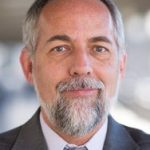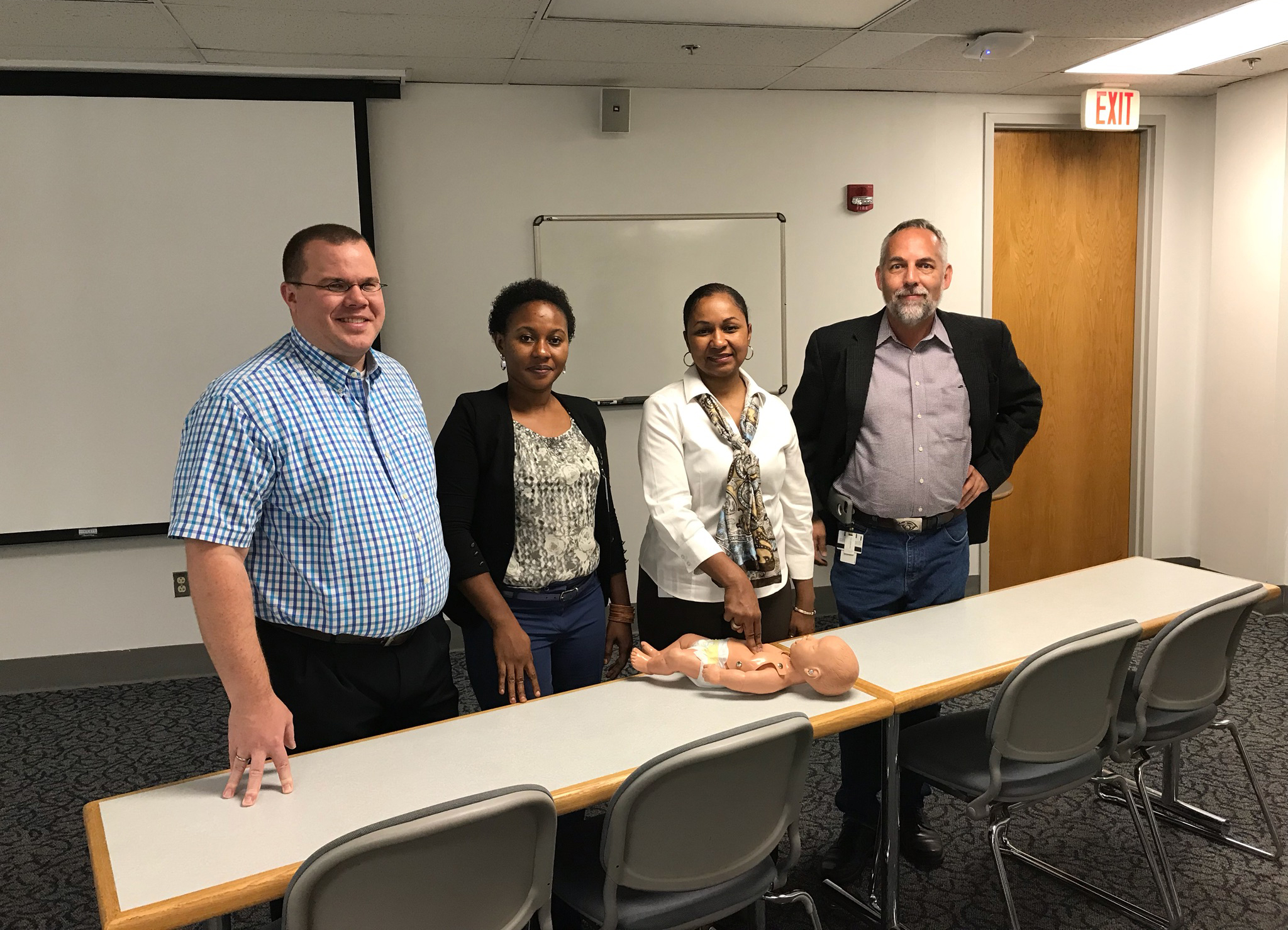Behind the Scenes — December 2017


From the Director of Telehealth
by Tim Poe
It is with a heavy heart that I share with you that the UNC Cancer Network will be saying farewell to Alan Brown, who will be leaving us at the end of 2017. Alan has been with the UNC Cancer Network since July of 2016. During Alan’s 18-month tenure, he almost single handedly developed our new UNC Cancer Network Learning Portal (www.learn.unccn.org). This is the tool that now allows us to provide our lectures as enduring materials, with credit up to one year, for applicable series.
During Alan’s time with our team, he has ensured that each and every scheduled lecture has gone according to plan. This has included four separate series, encompassing over forty separate lectures by the end of 2017. Each lecture has required extensive planning, from inception, to production, to post-production, and now, the inclusion as an enduring material. Alan has always sought to improve and innovate processes here at UNCCN, using his extensive technical talents. Please join me is wishing Alan the very best as he moves forward with new career pursuits.
December will be a very productive month, with four separate lectures planned. We hope that you will be able to attend (or view in the UNCCN Learning Portal) any and all lectures that are of interest to you. Please see www.unccn.org/events for details.
Let me close by wishing you and yours joy and peace this holiday season, and throughout the year ahead.
All the best,
Tim
![]()

UNCCN Telehealth Team CPR-AED Certified
by Mary E. King
The UNCCN Telehealth team recently attended a Cardio-Pulmonary Resuscitation (CPR) and Automated External Defibrillator (AED) class at the AHA Training Center in Chapel Hill.
An AED is a computerized device that delivers electric shocks to someone who is in cardiac arrest.”We decided to take the class because we wanted to be informed and to be able to assist, if needed, should an emergency occur.The instructors made the class fun and educational,” said Veneranda Obure, AV Engineer for the Cancer Network.
In 2010, guidelines changed from following an airway, breathing and compression (ABC) method to compression, airway, and breathing (CAB). The main benefit of becoming CPR and AED certified is learning how to save someone’s life. The CPR-AED certification lasts for two years. If you are currently certified, or have certified in the past, it is very important to stay up-to-date so you remain comfortable with the process and stay abreast of updates.
![]()

Insights into Myelodysplastic Syndrome
by Mary King
Myelodysplastic Syndrome or MDS is a blood disorder that affects about 10,000 new patients each year in the United States. This disease mostly occurs in people over age 60, and commonly presents with fatigue or shortness of breath from a low number of red blood cells in the bloodstream.
People can also have a low platelet count that leads to easy bruising or bleeding or low white blood cells that can lead to infections. In still other cases, there is an increase in very young cells which are the same cells that can cause leukemia. In fact, MDS used to be called “pre-leukemia” because while some patients develop progressively lower blood counts that eventually require transfusion of blood cells or platelets, others develop high white blood counts and a picture that looks more like acute leukemia.
When MDS is suspected, the commonest way to confirm the diagnosis is by doing a bone marrow aspirate and biopsy. This test allows your physician to look at the cells in the bone marrow that are responsible for making normal red and white blood cells and platelets. In MDS, there is usually an increase in cells in the bone marrow, but the problem is that they do not grow up or “differentiate” into normal adult cells like they should.
In some cases, the only treatment that is needed is observation or occasional blood transfusions, while in other cases, injections can be given to help the patient make more red or white blood cells. If that doesn’t work, patients are usually treated with a form of chemotherapy that helps the cells to mature into normal adult cells. In other cases, when the disease turns into an acute leukemia, more powerful drugs such as chemotherapy may be needed.
The only way to cure advanced MDS is for a patient to undergo a bone marrow or blood stem cell transplant. Unfortunately, this complicated process is very difficult for older patients and also requires that they have a genetically matched donor to provide healthy blood stem cells for transfer to the patient. There is about a 1 in 4 chance that a sibling will be a good match and can serve as a donor, but in situations where a sibling donor is not available, then patients have to find donors from outside the family or rely on mismatched donors or donated umbilical cord cells. Carl Fox is an African American judge from Chapel Hill, NC, who elected to undergo a transplant for severe MDS. Since he did not have a matched sibling for a donor, his doctors tried to find a match in the international registry of unrelated donors through an organization called “Be The Match.”
While white patients of European descent have about an 80% chance of finding a perfect match through this process, African Americans have only about a 40% chance of finding a good donor because there are fewer minority volunteers listed on the Registry and because there are more different kinds of genes, a medical concept known as “genetic diversity”, among people of racial minorities. Since the genes that are matched between donors tend to be more common in people of similar race, this means there needs to be an even greater number of minority volunteer donors in the Registry for minority patients to have an equal chance at finding a good donor. As a result, it was not surprising that Judge Fox was unable to find a match this way, but he was able to undergo a successful transplant using umbilical cord blood cells. Because of his experience, he has developed a foundation called “Save The Fox” which raises money and community awareness to increase the number of minority donors who are matches and can donate cells for African American and other ethnic and racial minority recipients. In this way, Judge Fox and many other people are working to increase the number of successful transplants for patients who would otherwise die from MDS and other life threatening diseases.